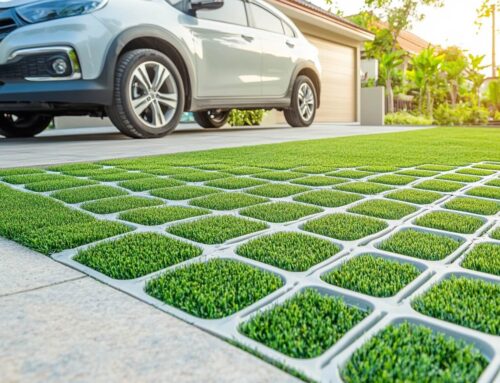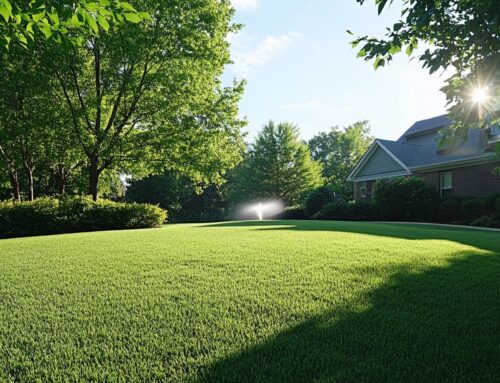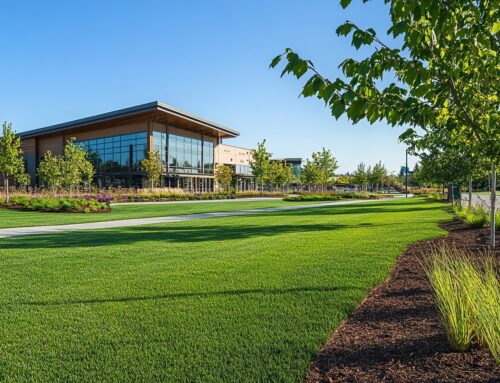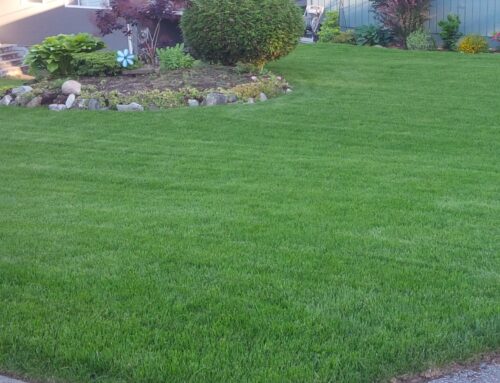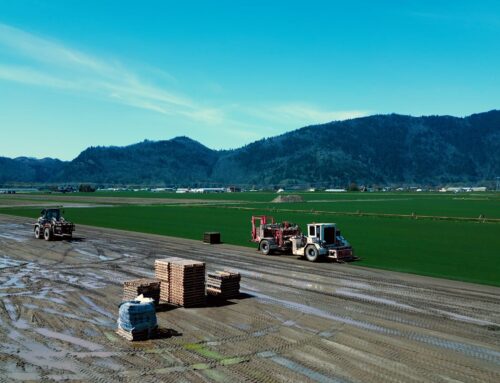Table of Contents
With growing environmental awareness in today’s world, many homeowners have begun to focus on water conservation, turning to alternative methods of keeping their lawns lush and green even in the face of watering restrictions.
One popular solution is integrating rain barrels with modern irrigation systems. Doing so not only conserves water but also provides a cost-effective, sustainable method of maintaining your lawn’s health. Combining rainwater collection with advanced irrigation technology benefits both your garden and the environment.
What Are Rain Barrels and How Do They Work?
Rain barrels are devices that collect and store rainwater runoff from rooftops. They are typically placed at the downspout of an eavestrough or gutter system, capturing water that would otherwise flow onto the ground.
Rain barrel systems typically include a spigot for water access, an overflow valve to prevent excess water from spilling out, and a mesh screen to keep out insects and debris. Some are also equipped with a hose to facilitate watering your garden.
Benefits of Combining Rain Barrels with Modern Irrigation Systems
There are several benefits that come from integrating rain barrels with your irrigation system, including:
Water Conservation
Perhaps the most significant advantage of rain barrels is how they reduce your dependence on municipal water supplies. Using harvested rainwater minimizes the amount of treated water you consume. In areas with strict water restrictions, this is particularly beneficial.
Cost Savings
Rainwater is free, allowing you to lower your water bills. Over time, this can lead to substantial savings.
Environmental Protection
Rainwater irrigation has an environmental impact beyond simply saving water; it reduces stormwater runoff that can carry pollutants into local waterways and reduces the energy consumed in treating and transporting municipal water to your home.
How to Integrate Rain Barrels with Your Existing Irrigation System
Integrating rainwater barrels into your existing irrigation system isn’t a complex process, but it does require some planning. Barrels should be positioned near downspouts and elevated on a sturdy platform to enhance water flow.
Connect a hose or pipe from the barrel’s spigot to your drip irrigation or sprinkler system. Elevating the barrel helps maintain water pressure for gravity-fed systems, but more complex systems may require the addition of a small pump.
It’s important to maintain water quality when integrating rainwater harvesting with modern irrigation systems. Clean the mesh screen regularly to prevent the buildup of debris that can contaminate the water and clog the system. Monitor the water levels during the dry season to adjust your irrigation schedule
Maximizing the Effectiveness of Your Rain Barrel System
Seasonal maintenance is an important part of keeping your rain barrel system running effectively. Before winter settles in, drain the barrels and disconnect them from the downspout to prevent potential damage from freezing. When spring arrives, check for leaks and ensure that all components are functional before reconnecting them.
Choosing the right size of rain barrels will depend on your lawn’s needs. A single barrel might be enough to irrigate a small garden, but larger lawns will likely require several barrels linked together for greater capacity. This will allow you to capture more water during rainstorms, ensuring an adequate supply for the dryer months of summer.
Rain Barrels: An Environmental Choice for Water Management
Integrating rain barrels with modern irrigation systems is an excellent means of managing water usage for your lawn that is both eco-friendly and cost-effective. Adopting rainwater harvesting as part of your lawn care routine can help you enjoy a beautiful, healthy lawn while reducing your carbon footprint.



